Chrysler’s history includes some roots in electric cars—such as Electrobat (1894) and Electric Carriage & Wagon Company (1901)—but their first modern electrics were minivans.
Working with the Electric Power Research Institute, Chrysler started work in 1991 and built the first concept electric minivan in 1992. Dubbed TEVan, it took its name from the T-115 minivan code and added an E for Electric. President George W. Bush took an early one for a drive on October 25, as part of a ceremony to publicize efforts to create BEV batteries in the United States.
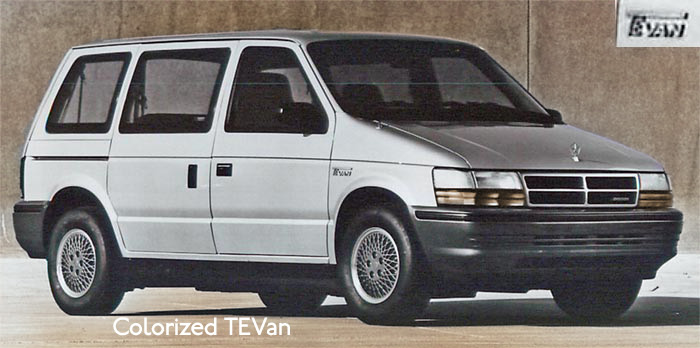
This effort used an 1800-pound, 180-volt nickel-iron battery pack with a DC motor to reach a 120-mile range with what people at the time called “same-day acceleration.” Company estimates ranged from 56 to 80 TEVans being made in 1993 (the next year's press materials claimed 80 were sold in 1993), some using nickel cadmium batteries instead of nickel iron. Most of the buyers were, unsurprisingly, electric utilities. (Jamers C. Cerano specified that they sold 48 with DC motors in 1993; eight more in 1994; and then ten more with AC motors, for a total of 66.)
This was an experimental car, not a profitmaker; it was made to the purpose. Still, it traveled along the Windsor minivan plant's regular assembly line, and included air conditioning, power steering, power brakes, and seating for five along with cargo space.
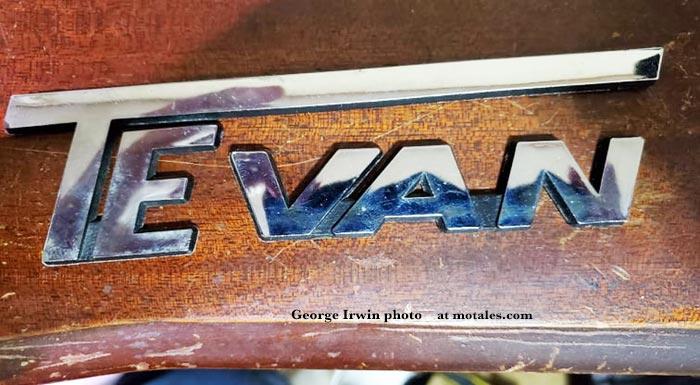
The battery pack itself was, thanks to an automatic, mechanical battery water refilling system, good for 20 years or 100,000 miles, according to Chrysler. A three-phase battery charger was built in, but this was a problem for some because three-phase power is not common in the United States. A 240V on-board single-phase charger followed.
One owner, James Wolfe, told Allpar that he had driven his 13 year old TEVan for 42 miles per day, getting 185 miles of driving for around $2.40, or, in gasoline-cost terms of the time, 220 mpg.
The motor itself was only rated at 54 kilowatts, reaching just 65 mph with a two-speed automatic transmission, and taking a good long time to get there. Peak power was 70 horsepower in the 4,000-pound vehicle, with continuous power output of 35 hp and an 80-mile range. The electronics came from Chrysler’s own microprocessor division, which had been created for military and aerospace applications, and had developed the first trip computer for a mass-market car (second only to a pricey BMW).
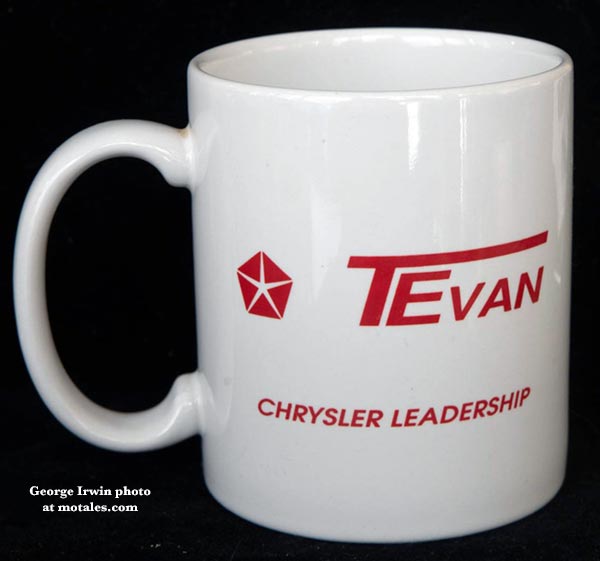
Though very few TEVans were made in 1993, later models were altered quite a bit based on input from the owners and drivers; and all of them were the source of valuable feedback for the team.
Unlike GM’s much-derided electric car of the time, the TEVan was sold, not leased, so buyers could sell them, and they did. James Wolfe reported that at least a dozen of the vans ended up being owned by regular people. One of them, Jerry McIntire, wrote that he had one of the NiCad versions, with a range of 50 miles per charge on the batteries (around 2006).
Before putting the TEVan into production, Chrysler had also made a concept electric minivan in 1992, dubbed EPIC—Electric Power Inter-urban Commuter. The EPIC was perhaps overlooked on the show circuit, overshadowed by the Lamborghini Portofino, Chrysler Millenium, and Eagle Optima concept cars, which were the basis for Chrysler’s cab-forward LH large cars. It was important to the company, though; making the EPIC was built into the NS-body minivan program, allowing both to be made on the same line.
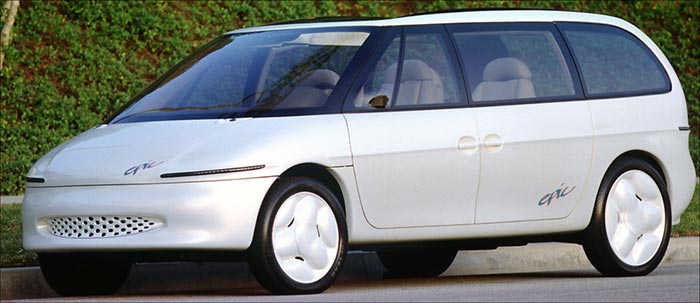
The 1992 press release claimed, “the Dodge EPIC begins the thesis for the future design of Chrysler minivans.” The concept’s powertrain assembly was taken completely from the TEVan, and the EPIC concept was powered by nickel-iron batteries with a 120 mile range. It was 190 inches long, with a 119 inch wheelbase; 77.4 inches wide; and 68.3 inches high.
The actual production vehicles were, to say the least, somewhat different in appearance; they hewed much more closely to the five-passenger, 113-inch wheelbase Plymouth Voyager / Dodge Caravan minivans. One could ask why they used minivans rather than pickups; the rationale was ease of packaging the battery tray, ability to carry a great deal of weight, versatility, and popularity—at the time, minivans were very hot sellers, with two factories pumping them out.

Incorporating the lessons learned from the now-old TEVan, the Dodge and Plymouth EPIC went on sale in mid-1997 in California. The EPIC used a more advanced 324 volt nichel metal hydride (NiHM) battery pack, which provided considerably faster acceleration and far better air conditioning performance than the TEVan. The top speed was 80 mph, and range was 80-90 miles (measured by SAE J1634, in warm weather, with no accessories). Low rolling resistance tires and regenerative braking, which generated power when the brakes were used and during deceleration, helped bolster the range. As with the later TEVans, it could be charged with ordinary single-phase current.
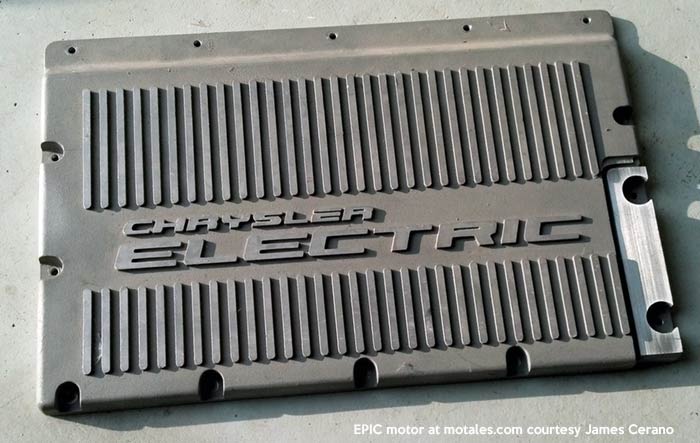
The EPIC’s payload was 800 pounds, good for five passengers and 50 pounds of cargo; it had heavy duty springs, shocks, and struts. The AC induction motor generated 100 horsepower at peak, or a continuous 75 horsepower, making for leisurely acceleration from zero to sixty in 16 seconds.
The EPIC was not just newer, but looked different from typical minivans, with an aggressively raked windshield and modified A-pillar; it was the first Chrysler-made minivan with sliding doors on each side, too, while the rear hatch traveled closer to the body when being lifted. For efficiency it used a heat pump air conditioner and heater, with auxiliary electric heating. The body, in short, was a laboratory for the next generation minivans, even if the powertrain was very similar to that of the old TEVan. It even had stow-n-go rear seats that folded completely into the floor when not used.
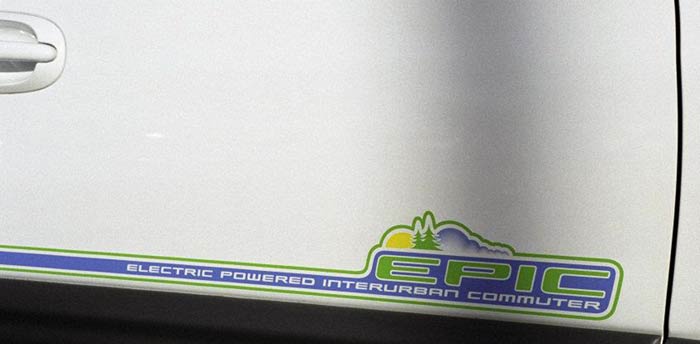
Around 200 EPICs were made in the Windsor, Ontario minivan plant from 1996 to 1998 and then leased to government and utility fleets. Buyers could be reassured by a three year, 36,000 mile warranty. Production numbers were quite low—Pacifica PHEV minivan production easily eclipses EPIC and TEVan combined.
The EPIC minivans won two classes in the Tour de Sol; the minivan category was probably easy to win, but Customer Acceptability was tougher and more impressive.
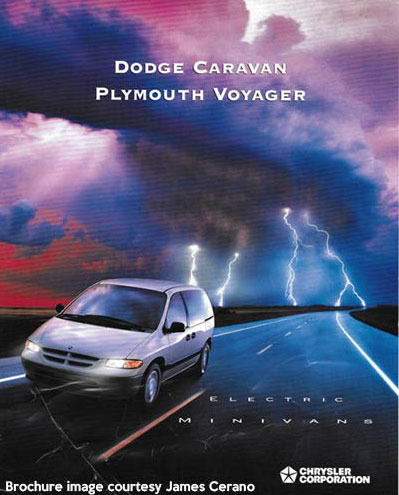
Three versions of the EPIC were made, in all; the original lead-acid battery concept, a NiMH version (all of the EPICs sold had this setup) for production, and a 28 kWh version based on the newer RS minivans. This last group had a different purpose—to meet California’s zero-emissions-vehicle (ZEV) requirements, which changed as the program progressed.
Damon Blumenstein wrote that Liberty & Technical Affairs set up the EPIC minivan with hydrogen fuel cells, as an experiment which does not appear to have been publicized.
James Cerano wrote that fifty of the newest ones (body code RE) were made and certified for sale in 2003, but they were never sold; instead, DaimlerChrysler scrapped these vans and terminated the program that very year. The EPIC team, then numbering around 120 people, was disbanded.
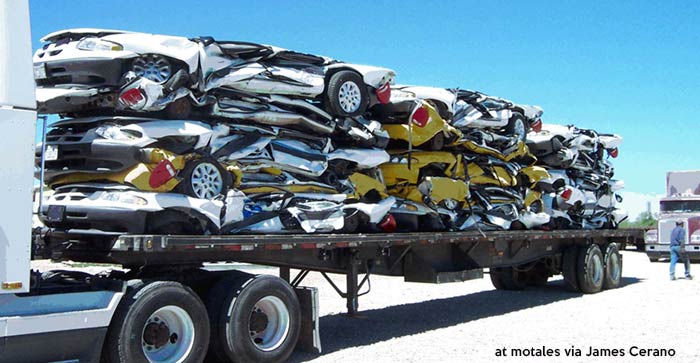
James wrote that the final fifty EPICs were scrapped at Chrysler’s Arizona proving grounds; there is a photo of a truck transporting the NiMH battery packs, still in the aluminum tubs, below.
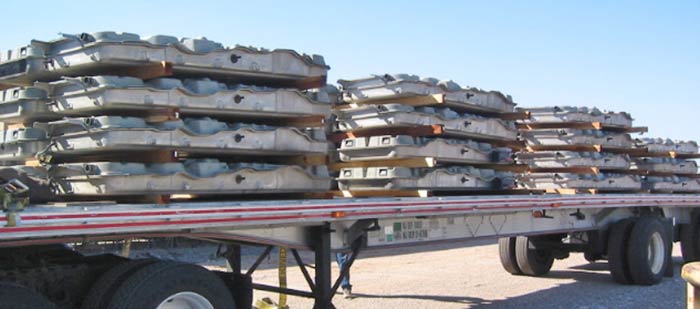
The batteries, controllers, and liquid cooling hardware were all donated to educational institutions in California. “The REs were scrapped to avoid warranty liability, had they fallen into the hands of any other organization, or individual collectors,” James wrote—adding that they were fully EPA-certified and FMVSS (federal vehicle regulation) complaint, ready for sale in the United States. That liability included not just replacement parts and such, but also safety, with no time limits on safety—and a 400-volt minivan scared Legal and senior management alike.
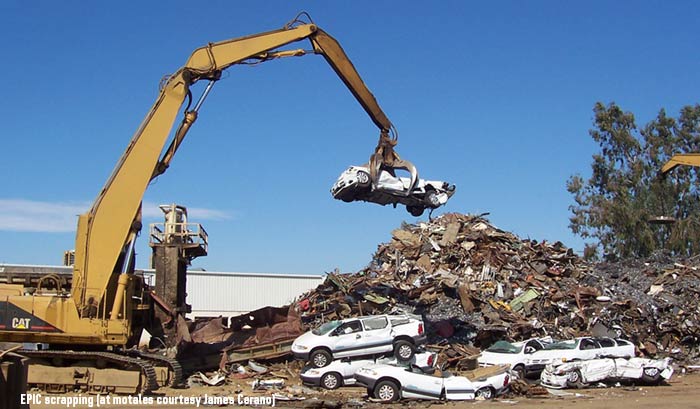
Despite a noble effort and a huge investment in EPIC production, battery-electric vehicles were not selling—there was no demand. “We built it but they did not come.” The EPIC team had been creative and clever, but Daimler didn’t think it would succeed in the end.
Did the electric minivans actually lead to anything? While they built internal expertise in electric cars which would have come in handy later, they also sold their intellectual property from those efforts and made no effort to stay on top of electric propulsion. Instead, Daimler bought GEM, an enhanced golf-cart maker. Chrysler showed new concept battery-electric cars starting in 2008, but these likely had no contribution to their later PHEVs, and there’s no certainty that the old EPIC team members were involved. Overall, this seems like another pre-Daimler effort that could have yielded expertise and leadership in an important segment—but was abandoned instead.
Copyright © 2021-2025 Zatz LLC • Chrysler / Mopar car stories and history.
YouTube • Editorial Guidelines • Videos
Tailfins Archive • MoTales on BlueSky